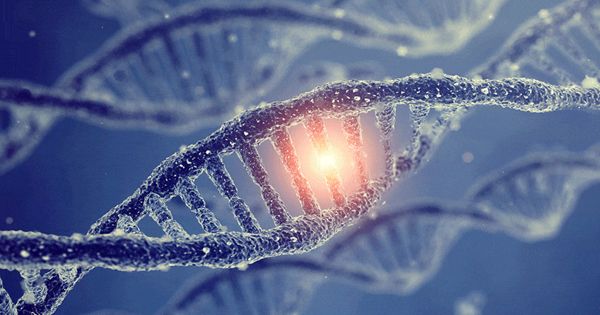Viral eukaryogenesis is the theory that the cell nucleus of eukaryotic life forms evolved from a large DNA virus in an endosymbiotic relationship with a methanogenic archaeon or bacterium. The virus later evolved into the eukaryotic nucleus by acquiring genes from the host genome and eventually usurping its role.
Viruses, on the other hand, are generally thought to be distinct from cellular life forms. Viruses are obligate intracellular parasites, which means they cannot replicate or complete their life cycle without infecting a host cell. Philip Bell proposed the hypothesis in 2001, and it gained popularity after the discovery of large, complex DNA viruses (such as Mimivirus) capable of protein biosynthesis.
For several reasons, viral eukaryogenesis has been controversial. For example, it is sometimes argued that the evidence for viral nucleus origins can also be used to suggest the nuclear origins of some viruses. Second, this hypothesis has fueled the long-running debate over whether or not viruses are living organisms.
The viral eukaryogenesis hypothesis depicts a eukaryotic evolution model in which a virus, similar to a modern pox virus, evolved into a nucleus by acquiring genes from existing bacterial and archaeal species. Despite the viral genome’s entry, the lysogenic virus became the cell’s information storage center, while the cell retained its capacities for gene translation and general function.
Similarly, the bacterial species involved in this eukaryogenesis retained their ability to produce energy in the form of ATP while also passing much of their genetic information into this new virus-nucleus organelle. It is hypothesized that the modern cell cycle, in which mitosis, meiosis, and sex occur in all eukaryotes, evolved as a result of virus balances, which typically follow a pattern of tradeoff between infecting as many hosts as possible and killing an individual host through viral proliferation.
In theory, viral replication cycles may resemble those of plasmids and viral lysogens. However, this theory is controversial, and more research involving archaeal viruses is required, as they are likely the most evolutionarily similar to modern eukaryotic nuclei.
Implications
In the theory, several precepts are possible. A helical virus with a bilipid envelope, for example, resembles a highly simplified cellular nucleus (a DNA chromosome encapsulated within a lipid membrane). A large DNA virus could theoretically take control of a bacterial or archaeal cell. Instead of replicating and destroying the host cell, it would remain within it, avoiding the tradeoff dilemma that viruses typically face. The virus would effectively become a functional nucleus if it gained control of the host cell’s molecular machinery. The virus would thus recruit the entire cell as a symbiont through mitosis and cytokinesis—a new way to survive and proliferate.
















